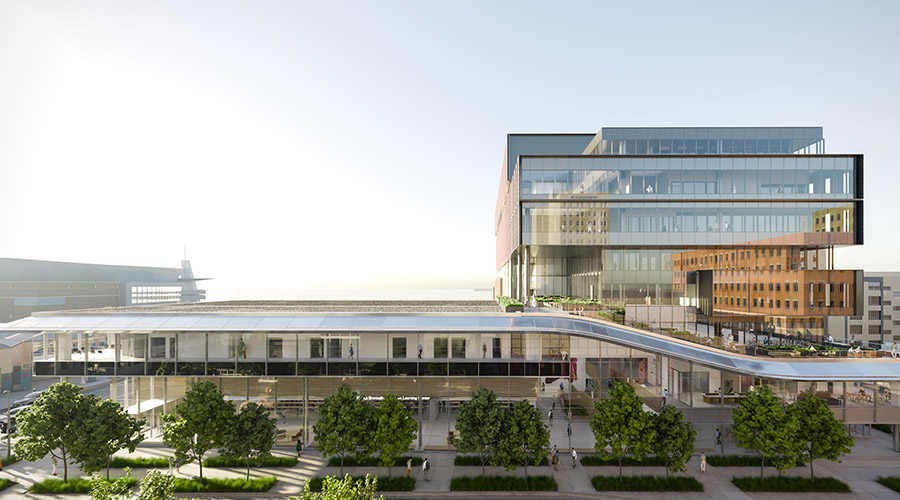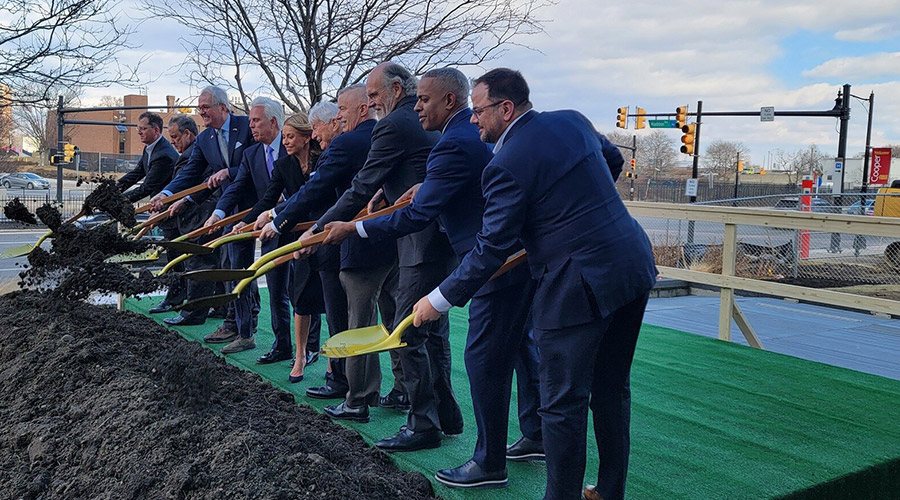An ongoing shift in construction from megahospitals to new leaner facilities and outpatient clinics designed to disburse more health care services into communities is being sparked by population changes and the Affordable care Act., according to an article on the Health Facilities Management website.
The number of hospital and outpatient clinic construction projects costing $100 million and more is projected to decline slightly next year. Instead, smaller, more flexible hospitals built to fit immediate needs and a variety of outpatient facilities are on the horizon.
People are rightsizing and looking at ways to build what is needed for today with the ability to quickly add on should the need arise," said Curtis Skolnick, managing director, CBRE Healthcare, Richmond, Va.
"What we're seeing is a move to build hospitals only for what's needed today, very little shell space, rightsizing things with very tight spaces. We are attempting to build hospital chassis that to some degree are future-proof," Skolnick said in the article.
John Kouletsis, vice president of planning and design, Kaiser Permanente, Oakland, Calif., says the paradigm shift of making affordable, accessible health care the norm impacted new health care facilities even before the Affordable Care Act.
"The main drivers for many years have to do with ease of access, meeting expectations of the patients and their families, to offer high quality care. One of the biggest issues has been affordable care," he said in the article. "There's a huge move to providing care in the outpatient world and in the lowest acuity building possible."
Read the article.

 The Top States for Pest Infestations
The Top States for Pest Infestations Ground Broken on Wichita Biomedical Campus Project
Ground Broken on Wichita Biomedical Campus Project Aligning Construction and Facility Activities to Minimize Problems
Aligning Construction and Facility Activities to Minimize Problems Cooper University Health Care Breaks Ground on 'Project Imagine'
Cooper University Health Care Breaks Ground on 'Project Imagine' 3 Employees Injured by Patient at Halifax Infirmary's Emergency Department
3 Employees Injured by Patient at Halifax Infirmary's Emergency Department